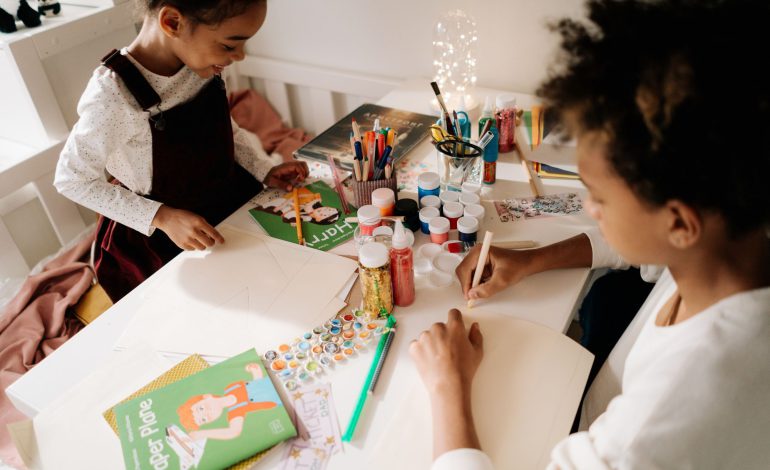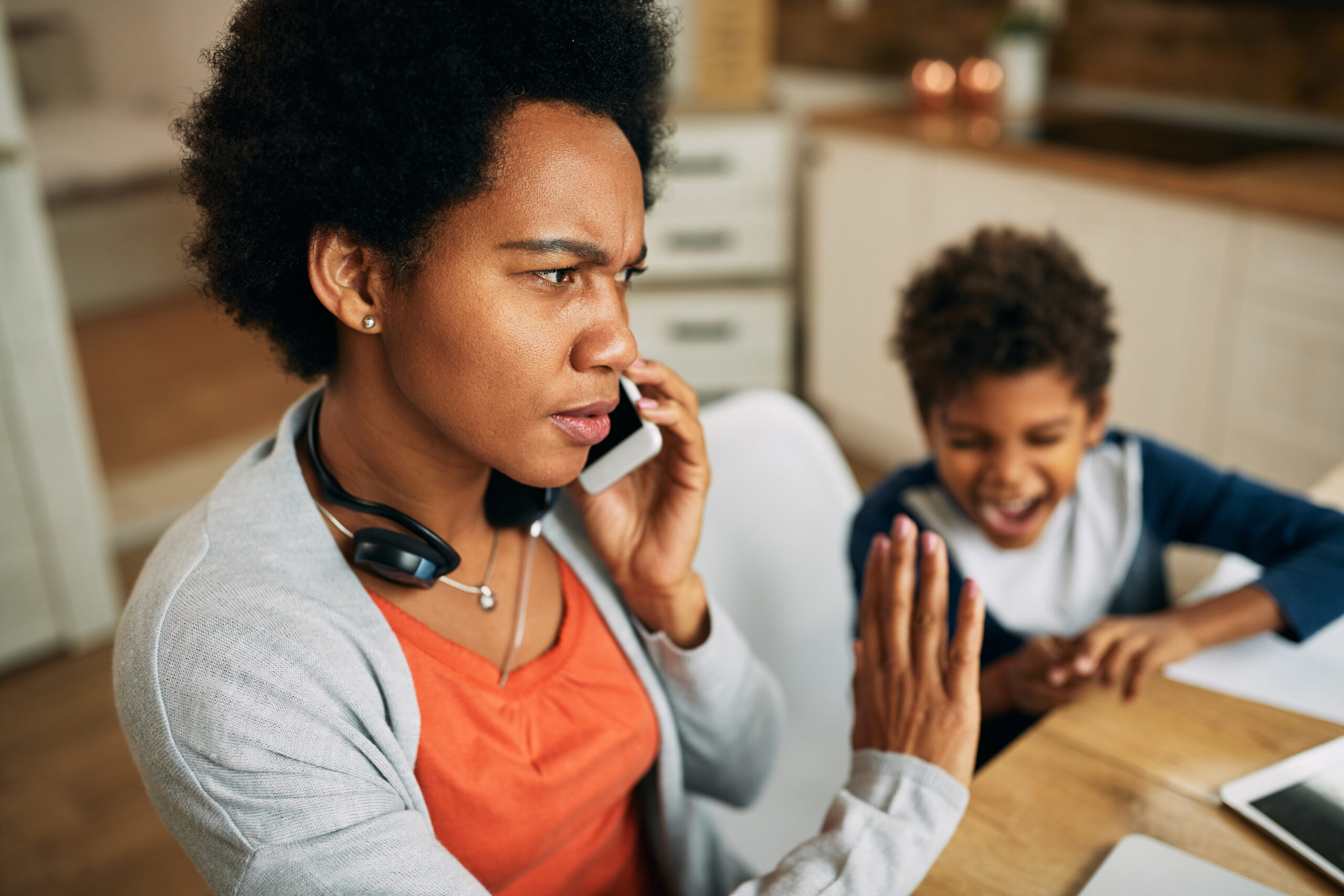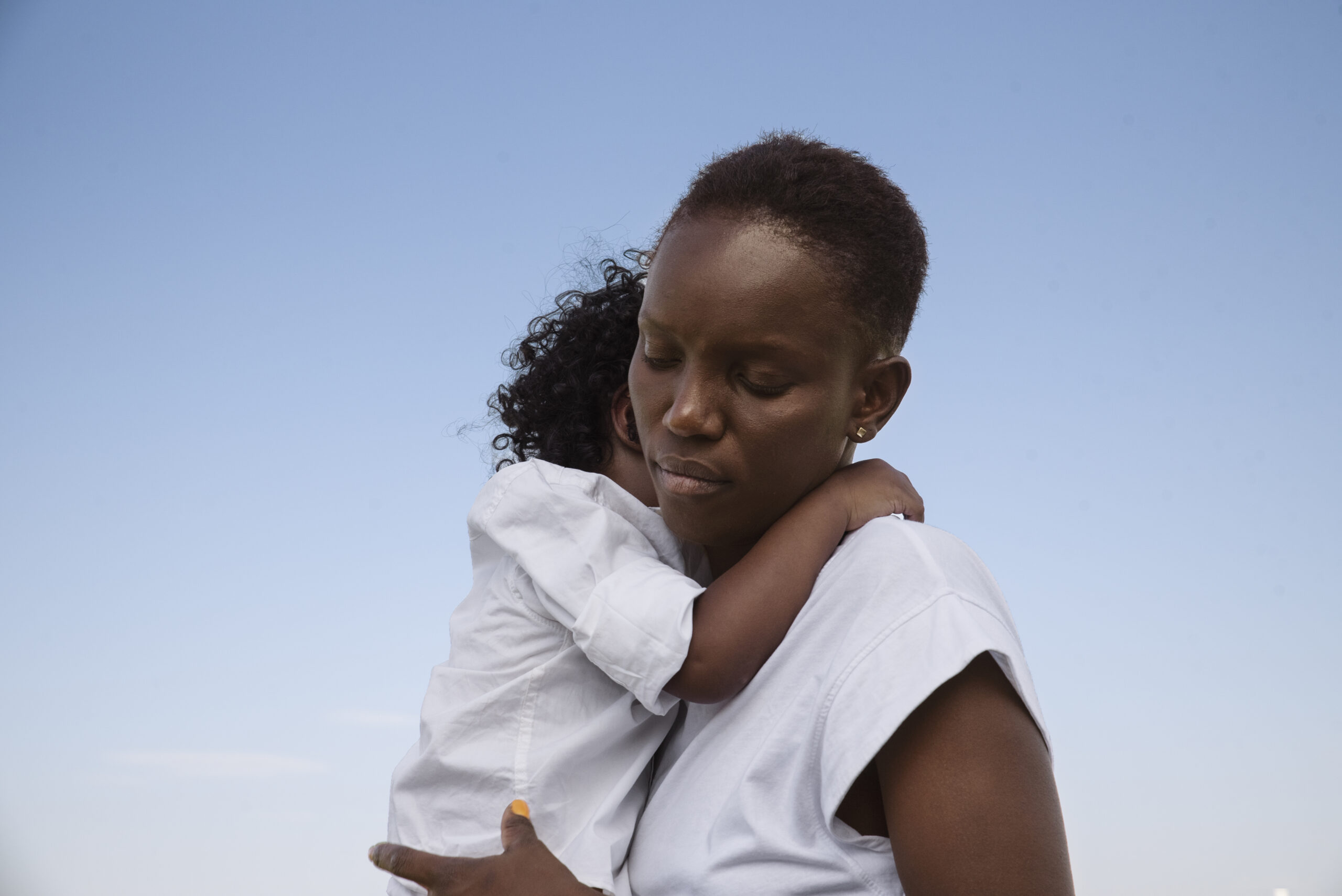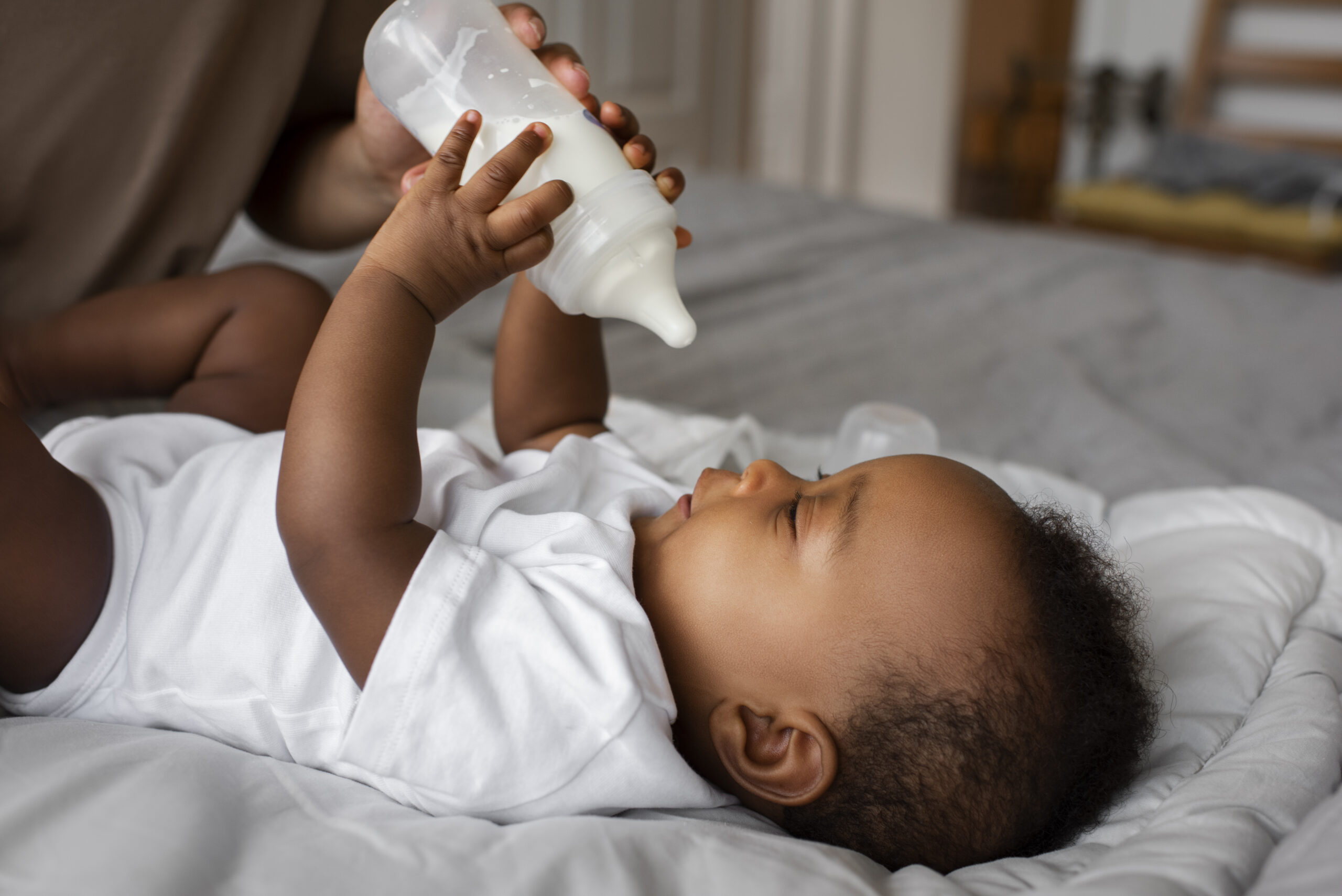How to improve creativity in children
Creativity is one of the traits that parents should endeavour to help their children develop. Not only does it help children express themselves better, but it also promotes cognitive development.

Creativity is one of the traits that parents should endeavour to help their children develop. Not only does it help children express themselves better, but it also promotes cognitive development.
If you are finding it hard helping your child develop creativity, here are a few ideas to try.
Repetition
Richelle E. Goodrich once said, “repetition is an important part of learning. It is a vital factor in life because each recurrence tends to challenge our earlier notions, resulting in continued contemplation and greater depths of understanding.”
Goodrich’s statement is true, especially for early learners. Repetition instils the necessary basic skill that will be used later in the creative process.
For instance in painting, there are techniques that the learner will be taught on repeat so they stick.
Apprenticeship
The wise Confucius once stated, “tell me and I will forget, show me and I may remember; involve me and I will understand.” You may not be as gifted as you would wish to be, but a simple model of discipline may be the exact thing that grooms your child’s creativity.
Therefore, make a point of taking your child with you as you perform certain tasks so they can understand the simple things that go into achieving success.
Reading
Although it is a culture that is fast disappearing, reading is an important part of the learning process. In most cases, books capture well-researched information that can be replicated and improved on.
They also detail events that when implemented, can showcase one’s creativity.
Obstacle games
Creativity is sometimes developed by working through challenges. Therefore, games are a great way to inculcate creativity in children. Games like monopoly and chess have been proven to grow the mental and emotional capacity of kids. In the process, they learn how to face challenges and failure alike.
Allowing room for mistakes
Photo by CHUTTERSNAP / Unsplash
When working with children, mistakes should be permitted. It is by allowing mistakes that the child overcomes the fear of trying. These mistakes need to be utilized as learning opportunities in the sense that they are not repeated on the same level. Instead, the learner keeps growing from them.
In light of this what stands out is the fact that an ideal environment promotes the growth of the creative ability of children. Children are born creative. It is the environments they grow in that either build or kill their creativity.




